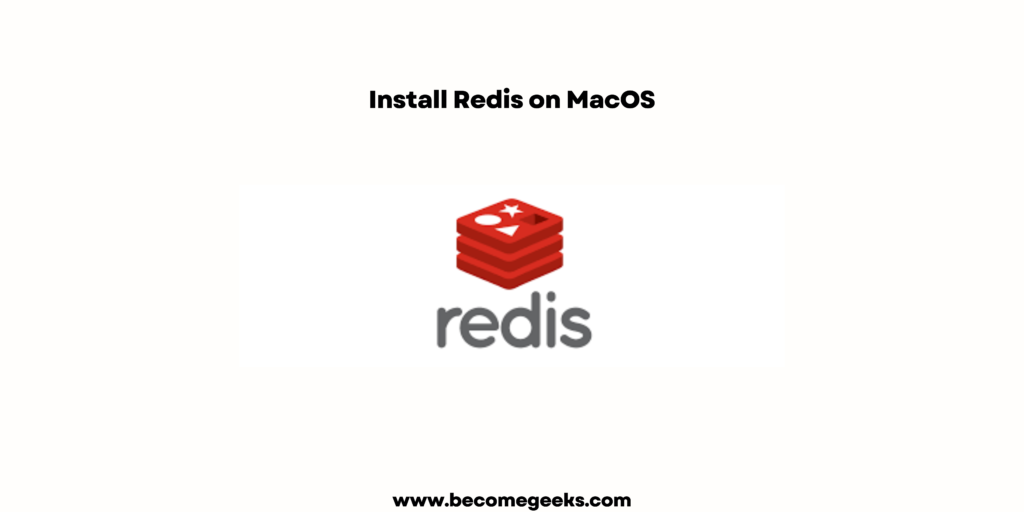A Step-by-Step Guide on How to Install Redis on MacOS
Redis, an open-source, in-memory data structure store, has gained significant popularity among developers for its blazing fast performance and versatile use cases. In this tutorial, we will guide you how to install redis on MacOS system to harness its power for your projects.

Prerequisites Before diving into the installation process, ensure you have the following prerequisites:
- A macOS-based system (macOS 10.0 or higher)
- Homebrew package manager (If not installed, you can install it by following the instructions at brew.sh
- Installation
Install Homebrew (if not already installed): Open your Terminal and execute the following command:
/bin/bash -c "$(curl -fsSL https://raw.githubusercontent.com/Homebrew/install/HEAD/install.sh)"Install Redis: Once Homebrew is installed, installing Redis is just a single command away. Run the following command in your Terminal:
brew install redis- Configuration and Verification
Start Redis Server: To start the Redis server, use the following command:
brew services start redisTest Redis: You can verify if Redis is up and running by opening a new Terminal window and typing:
redis-cli pingIf the server is running, you’ll receive a “PONG” response.
- Basic Usage
Interact with Redis: You can start interacting with Redis using the redis-cli command. For example, to set a key-value pair, use:
redis-cli set mykey "Hello, Redis!"Retrieve Values: To retrieve the value associated with a key, use:
redis-cli get mykey- Additional Configuration (Optional)
- Configure Redis as Cache: Redis can be used as a cache for your applications. To configure it as a cache, locate the Redis configuration file at
/usr/local/etc/redis.confand make the necessary changes, such as adjusting the memory limits.
Congratulations! You’ve successfully installed Redis on your macOS system. You now have a powerful in-memory data store at your disposal, ready to accelerate your applications and improve their performance. As you delve deeper into Redis, explore its various data structures and advanced features to unlock its full potential for your projects.
Remember, Redis offers numerous possibilities for optimizing your software applications, whether you’re looking to improve data retrieval speeds, cache frequently accessed data, or enhance overall performance. Happy coding!

